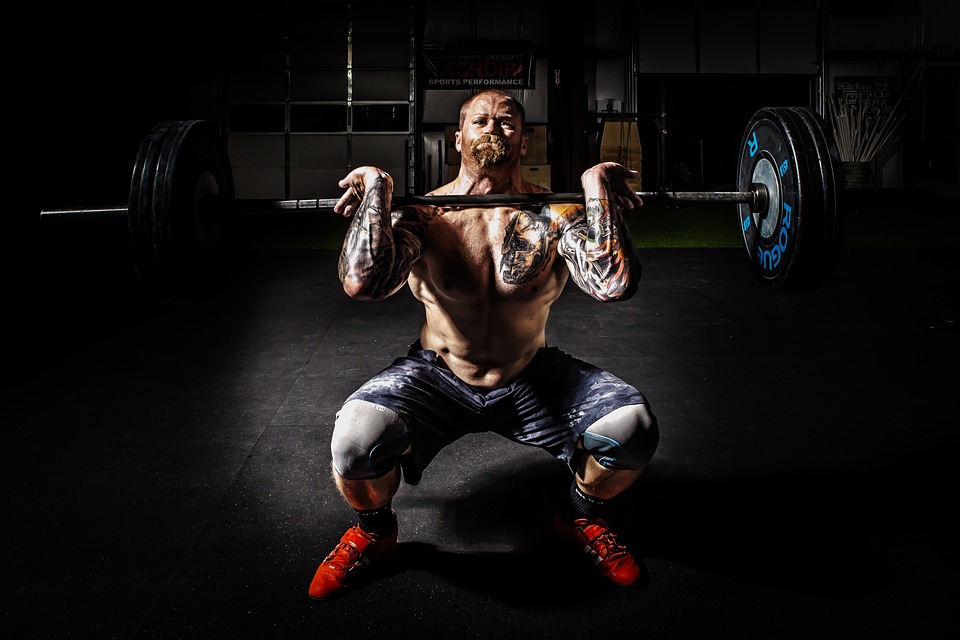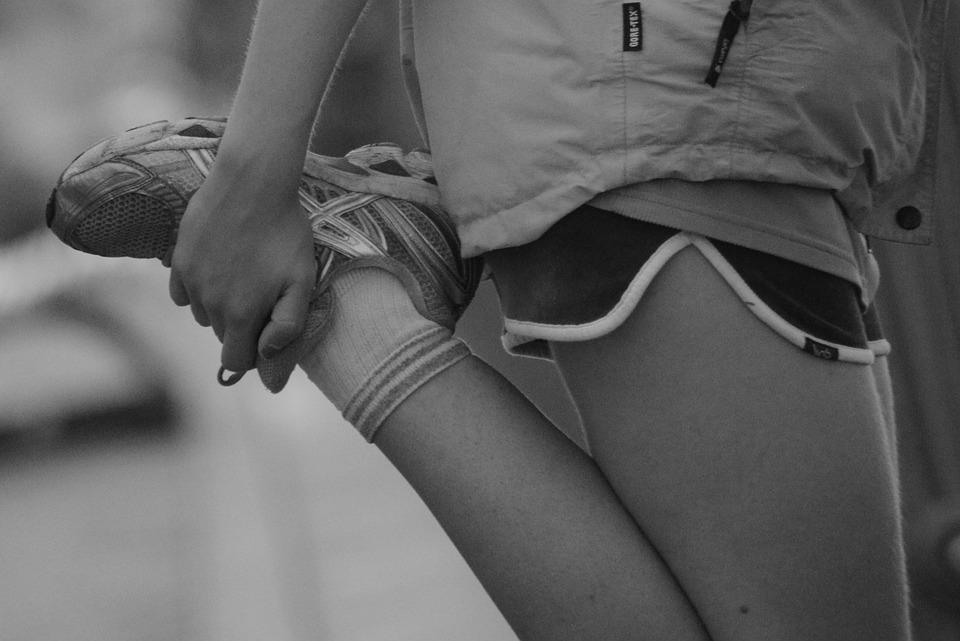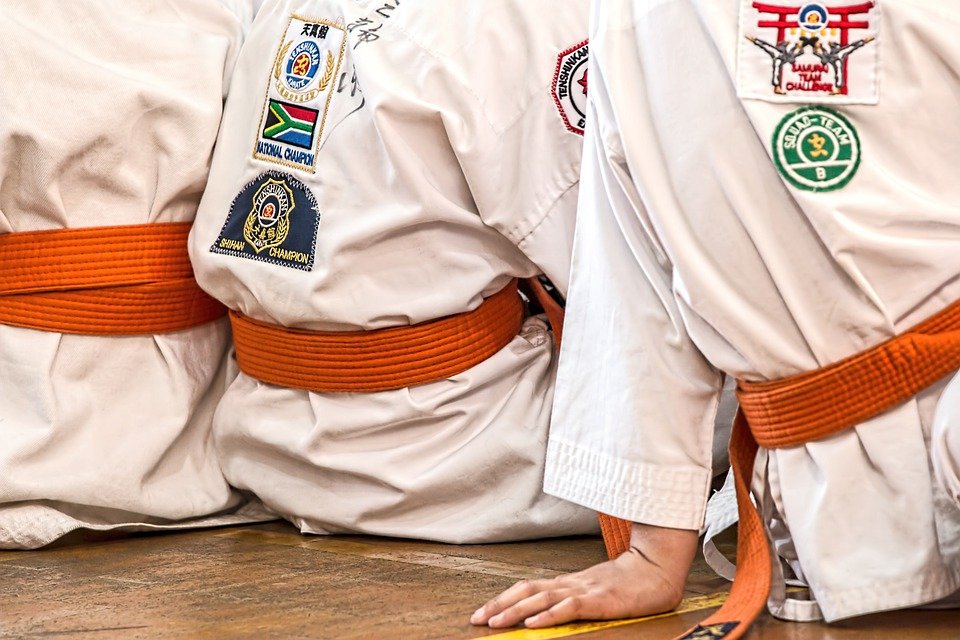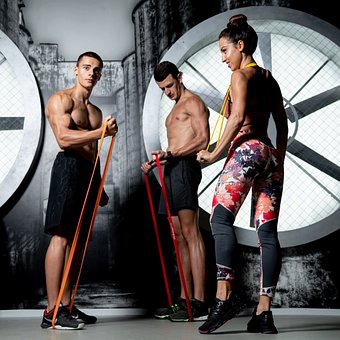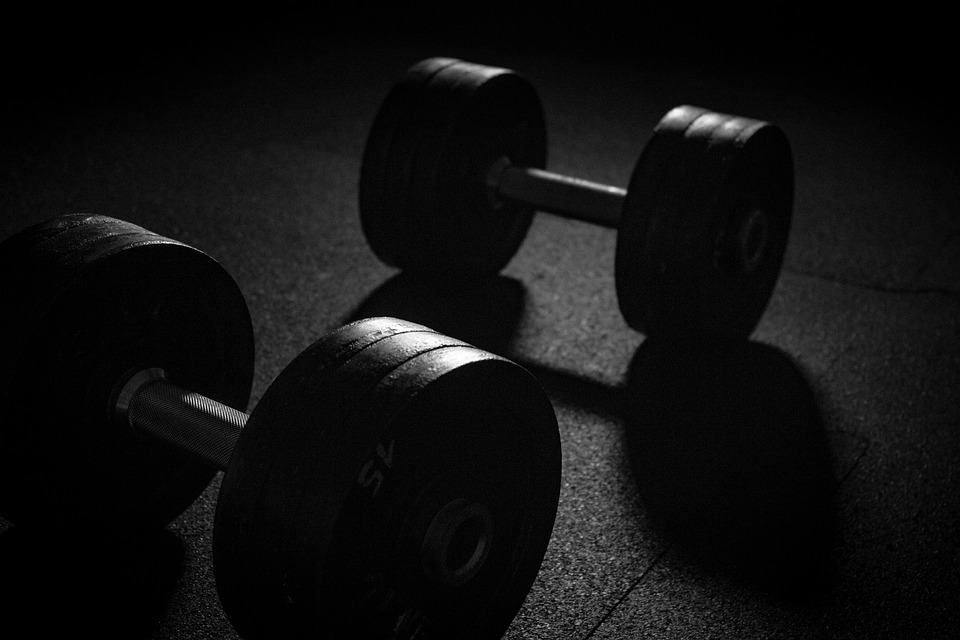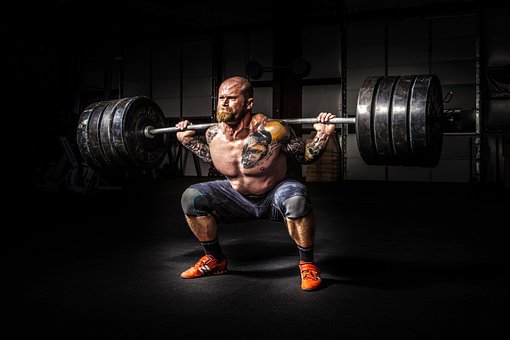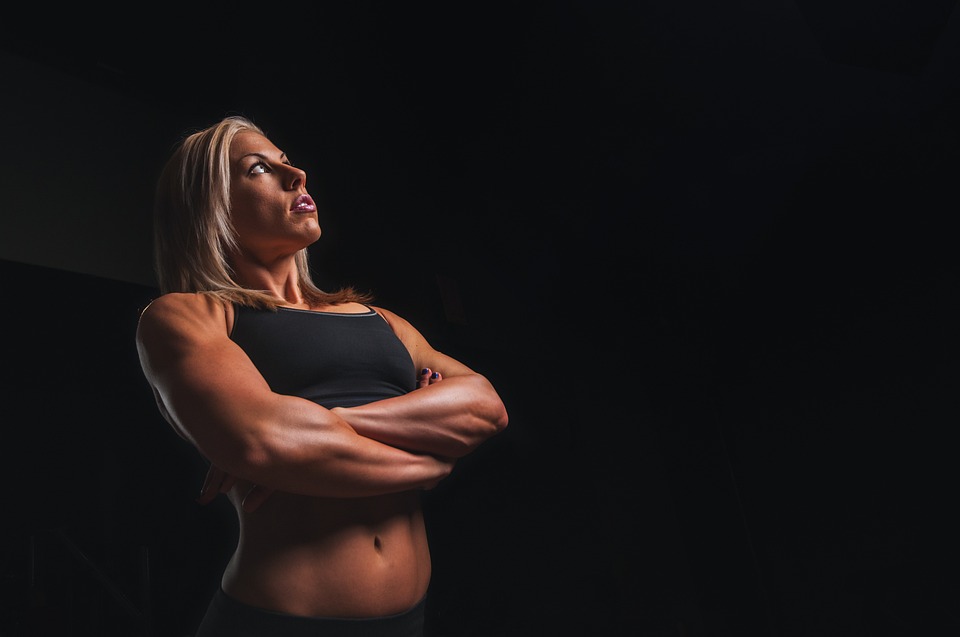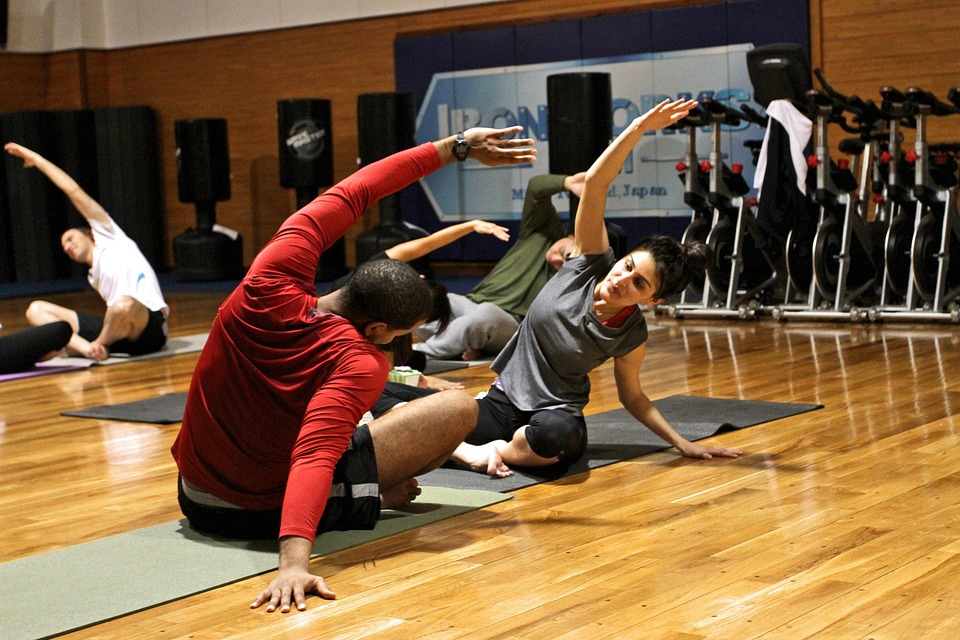
Weightlifting is about how you move. The better your movement, the more you can lift. These exercises, the snatch, and the clean & jerk are not akin to a regular fitness routine. Weightlifting requires utilizing your full body movement, beginning at your neck and going all the way down to your toes. This is one of the factors that makes weightlifting such a difficult activity.
The capability to move around without any resistance brought on by muscular tightness is known as mobility. You use your mobility through dynamic, controlled muscle actions. Mobility for weightlifting goes beyond just being generally flexible. The game necessitates certain tasks, for example, the deep squat, front rack clutch, and starting formations, each of which needs individual preparation drills.
Daily Stretch Exercises That’ll Change Your Life
Exercise 1: Cat Cow (60 Seconds)
To begin our workout, we will do a stretch to relax the spine and surrounding back muscle groups to prepare ourselves for the upcoming workout.
It is especially useful to do this in the morning after we have been resting in bed for numerous hours.
To perform it:
- Get onto all fours with your knees under your hips and hands under your shoulders.
- From here, round your back up towards the ceiling in a gentle motion. Imagine someone was pulling your mid-back with a rope. As you do this, take a deep breath in while tucking your head down.
- Then, exhale as you reverse this motion by now curving your back the opposite way while lifting your head up
Dr. Stuart McGill’s laboratory studies suggest that seven or eight repetitions of this exercise will be the most beneficial.
This exercise should be carried out at a steady pace and take approximately 60 seconds to complete.
Exercise 2: World’s Greatest Stretch (30 Seconds Per Side)
The “World’s Greatest Stretch” is the perfect way to target the troublesome parts of your body all at one time.
This stretch has 3 parts to it:
- Lunge
- Drop
- Reach
The first part focuses on your hips and ankles:
- Get into a plank position with your hands under your shoulders and feet together
- From here, lunge forward by bringing your right foot up as high as you can (ideally next to where your right hand is). You should feel a deep stretch in the groin muscles of your front leg and the hip flexors of your back leg as you do this.
- Next, take your right hand and place it on your knee
- Push your knee out and back – and then forward and back a few times to loosen up the hips and ankles
In the next segment, we’ll make the stretch even more intense. Lower your right elbow to the ground and turn your torso towards it.
As you complete this exercise, keep your right knee extended rather than allowing it to bend inwards.
Finally, we’ll be stretching and expanding the middle and top of the back. Twist your torso upward and to the right and stretch your right arm upwards as far as you can. Strive to keep the back of your leg as straight as you can when you take the action. Afterward, move both arms away from your body and raise them up above your head. Pull your shoulder blades back and hold for 5 repetitions, or around 30 seconds in total, before transitioning to the other side.
How To Regress The Exercise
Now, this is quite a difficult stretch exercise.
It may seem simpler to keep your knee bent instead of straightening it out, but gradual progress can be made by lightly decreasing this angle over time.
Don’t get disheartened if your progress is limited at the start. Be regular and diligent with it, and you will find it will develop quickly.
In conclusion, you can make changes to your activities (including stretching) to suit your desired training result and ambitions. However, picking the right alternative exercise can be tricky. And that’s where BWS programs come in.
Perform a 30-second Asian Squat, then hold the position for another 30 seconds, rocking from side to side.
We are now going to perform what I am referring to as the Asian squat. But with a few modifications to really open up the hips and ankles:
- First, get a rolled-up towel and place your heels on it
- From here, using a squat stance that’s typically just outside shoulder-width, squat down to however deep is comfortable for you. Keep your chest up and try to keep your heels down. If your heels do come up, you can roll up the towel to make it even thicker. Otherwise, it’s fine if you have to keep your heels up.
- From here, place your arms on the inside of your legs. Use your elbows to push your knees out.
- Sit in this position for 30 seconds. You should feel a deep stretch in your groin and in the muscles around your ankles.
In a rush to get to work? Don’t worry. You can have breakfast while you’re at it.
Then, over the next half-minute, sway your body back and forth to widen and loosen each foot alternately.
For this, make sure you don’t bend your legs and make sure your feet are not turned out in an excessive manner. By performing these exercises, the strain on the ankles is eliminated.
Rather than having your feet pointed straight ahead, angle them toward a maximum of 30-45 degrees outward. Make sure your knees stay in line with the outer edge of your feet.
How To Progress The Exercise
Two different methods can be used to advance this stretching workout.
At the start, if you have difficulty with the movement of your ankles, you may require a considerable amount of heel lifting in order to effortlessly get into a profound squat. Gradually reduce the amount of heel lift you use over time. Find out if it is possible to go without increasing in height eventually.
To open up the hips even further, start by pushing the knees outward while keeping your arms extended in front of you. After you have become comfortable with that, put your hands together in a praying stance. When you have become proficient at that, clench your hands together into fists. Each step will extend your hips further as the gap between your arms widens.
Best Mobility Drills For Weightlifting
Cat/Cow
Your back is the frame that supports your power. When you’re performing lifting exercises, your back carries the weight while you shift from one position to another, such as when you’re doing a pull-up or squat. Prior to lifting, make sure your back is able to move in both the hollow and arched positions in order to warm up the muscles connected to and responsible for controlling this motion.
The cat/cow sequence is an important pose in the pre-and post-training routine of countless athletes. This exercise works to move your spine through its entire range of motion to ensure that you are able to hold any type of weight securely.
How to Do the Cat/Cow
Start on all fours. Position your shoulders over your wrists with arms outstretched. Unfasten your ankles and rest the tops of your feet on the ground. Start by bringing your chin close to your chest and then press down through your shoulders, arching your back. Tuck your hips at the same time.
Lift your chin up and push your belly button inward. Maintain an extended position of your arms while curving your spine as forcefully as you can. Hold each pose for several seconds. Run through the exercises multiple times while seeing how your back feels.
Synchronize your respiration with the exercise by taking in air when you do the “cow” movement, and exhaling when you perform the “cat” action.
90/90 Hip Stretch
Weightlifters do a lot of squatting. You must not only lower yourself into a squat position during competition lifting, but you must also maintain an upright posture with your chest out.
When squatting, the key is to ensure that your hips are properly opened in order to get the most efficient and effective form. This exercise works to activate your hip flexors, enabling you to complete a stronger, more upright squat.
How to Do the 90/90 Hip Stretch
Start with your right leg in front. Bend your right knee so that it creates a 90-degree angle and make sure the exterior of your knee is touching the ground. Then, bend your left leg to a 90-degree angle so that it is pointing out to the side, with the inside of your knee resting on the ground. Be sure to keep a gap between your leading foot and the back knee.
Put your feet down and stay upright, then twist your body from side to side while keeping your back as straight as you can. End your movement by pushing the back portion of your left lower leg and foot downwards onto the floor. Change to the correct side to finish one repetition. For an additional hip stretch, bend your upper body downwards and bring your arm opposite your front foot at both sides.
Shoulder/Thoracic Opener
You need to have shoulders that are completely fortified if you want to do weightlifting, especially when it comes to the front rack position. Getting your elbows in line with your shoulders can be a difficult task if you’re lacking flexibility or have never held a barbell across your collarbones.
A stiff thoracic spine or back muscles commonly leads to an uncomfortable front hold position. Thankfully, there are some excellent techniques for relaxing the T-spine. This stretch is the most effective way to improve the shoulder mobility required for weightlifting.
How to Do the Shoulder/Thoracic Opener
To complete this exercise, get a PVC tube or wooden pole and a comfortable flat bench. Grab the stick with both hands, with the palms facing upwards, about the width of your shoulders. Position yourself on the bench by kneeling and then rest your elbows on it. Tilt your chin to your chest and relax your shoulders, allowing your head to hang in between your arms. Maintain a position for thirty to forty-five seconds, repeating this two to four times.
Overhead Squat
Overhead strength is a staple of the sport. Lifting a weighty piece of equipment above your head while in the middle of a squat is a standard assignment when performing snatches as part of your workout. Your workouts will go more easily if you are able to do a complete overhead squat without difficulties.
For some people, the overhead squat may appear to be an exercise to build strength; however, it should initially be performed as a mobility drill. Weightlifting is a regular activity for individuals who use weights or no weights. Doing an overhead squat without any load during your warm-up is a great way to prepare and increase your range of motion for your lifts.
How to Do the Overhead Squat
Begin with a wooden stick or PVC pipe, and lift it up over your head with a wide grip. Position the bar across your shoulders with your arms extended back behind your head. Place your feet in your squat stance. Fix your gaze forward the whole time.
Maintain a tight grip on the barbell and squat all the way to the bottom of the movement, keeping your arms steady. Make sure to go all the way until you reach a point in which your legs and hips are at a 90-degree angle or lower. Hold your deep squat for at least five seconds. Stand up to finish the rep.
Do an overhead squat without your weightlifting shoes for increased movement of the ankles.
Half-Kneeling Ankle Dorsiflexion
Your ankles play a major role in your squat. They establish what the minimum height is that can be achieved with a straight torso. If you don’t naturally have good range of motion in your ankles, your squat is restricted by how much you can bend your knees past your toes while keeping your heels on the ground.
This ankle mobility drill narrows in on exactly that. You maintain pressure on your ankle area with your knee extended beyond your toes for a prolonged period. With this extended pose, show your ankle’s tenderness and consideration individually. If your ankles are feeling tight, make this part of your pre-workout routine or post-workout wind-down routine every day.
How to Do the Half-Kneeling Ankle Dorsiflexion
Kneel on one knee. Keep one leg bent and place your front foot on the ground. Move your knee to a farther point than your feet and you will be able to feel a strong stretch in your ankle. Using your body weight, push down on your front knee in order to put pressure on your ankle joint. Maintain this posture for between half a minute to a minute and a half, or go through the full range of motion repetition five to eight times. For greater difficulty, use a weight plate on your front knee.
Mobility Tips and Tricks
Set Goals
Your mobility practice should have a purpose, similar to the way you approach your strenuous workouts. Everybody has individual talents and shortcomings when it relates to movement. Figure out what training goals are important to you, then set objectives that are pertinent to these.
If you’re aiming to perform overhead squats comfortably, one of the steps you will need to take is to address any issues you have with flexibility in your shoulders and ankles. Come up with a strategy for when and how you will perform your motion exercises.
Stay Consistent
Improvements in your mobility are made little by little. If you want to reach a greater level of flexibility and mobility, you must dedicate yourself and repeat the exercise multiple times. Keep up with the same exercises or practice sessions regularly to accomplish your objectives quicker.
Make Time
Busy practice sessions make it difficult to manage to do all you had planned. When time is limited, movement is typically sacrificed.
If you neglect mobilization, you will probably experience a diminished caliber of movement in your exercise routine in general. It may be tempting to cut corners and not dedicate time to warming up and cooling down before training, however, you should always take the time to do your warm-up and cool-down exercises properly.
Be Patient
Though it is a less strenuous activity, engaging in mobility work can still be as psychologically laborious as performing heavy-weight training. Moving without weight still requires focus and commitment. When practicing, make sure to take your time, pay attention to your breath, and go through your movements deliberately and slowly. Allow your body the opportunity to loosen up prior to continuing onward.

